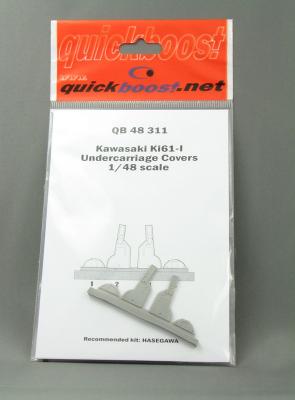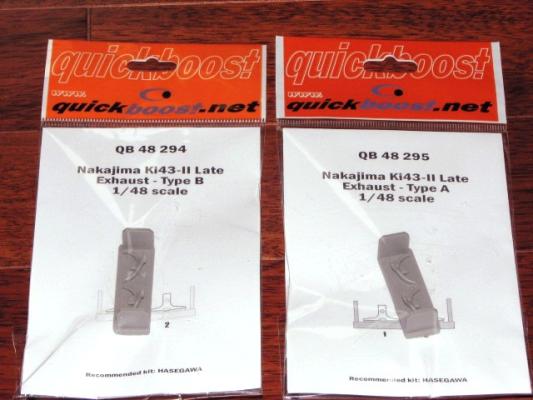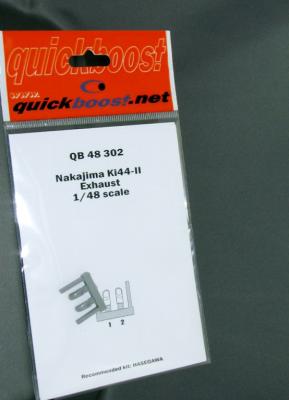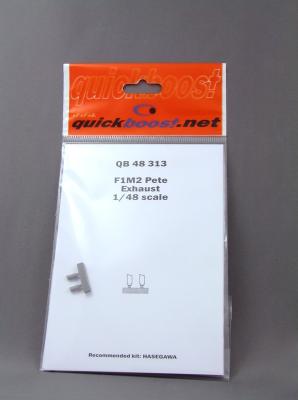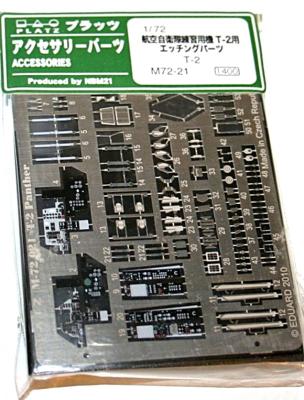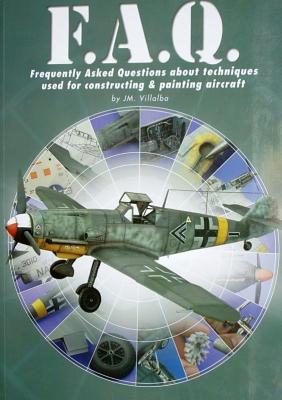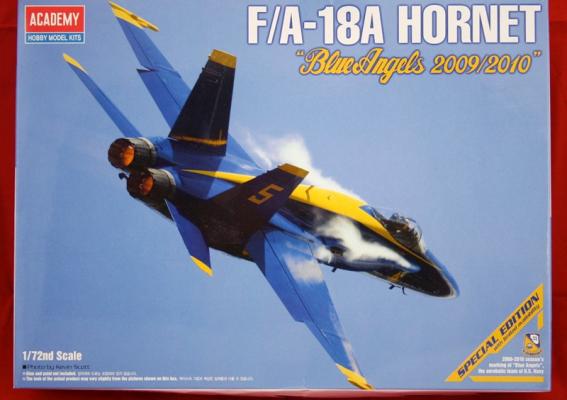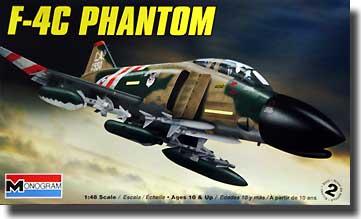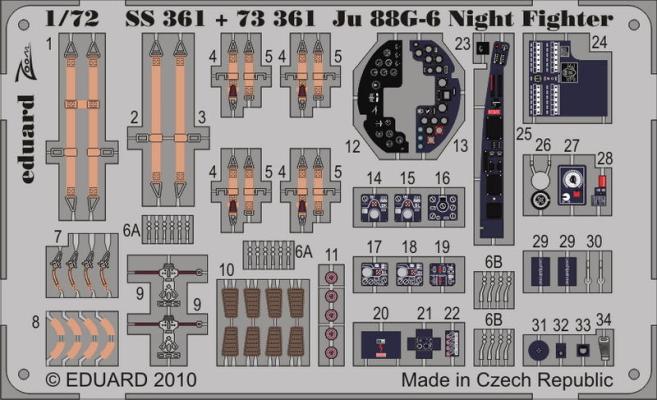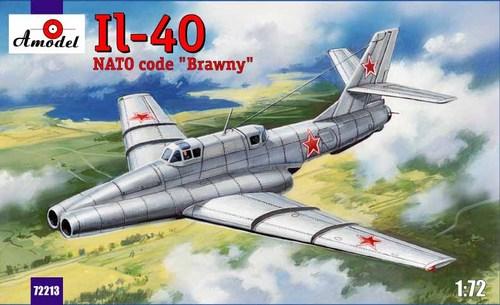The folks at Quickboost continue to add superb detail sets to their growing catalog of items. For this review I will be looking at the Undercarriage Covers detail set for the 1/48 Hasegawa Ki-61 family of kits.
This superb detail set is designed to work with the 1/48 Hasegawa Ki-61 I Hein “Tony”. The Hein was a WWII Japanese fighter with an inline engine. When Allied pilots first encountered the Hein, they thought they were flying against German Bf 109 fighters because of the similar nose shape. They quickly discovered that this was in fact a Japanese design, and it was given the code name “Tony”.
The Quickboost Undercarriage Covers (Landing gear doors) are finely molded, and are very easily removed from the casting block. I find that using a razor saw is the easiest method, and after a little sanding, these great detail parts are ready to glue in place.

